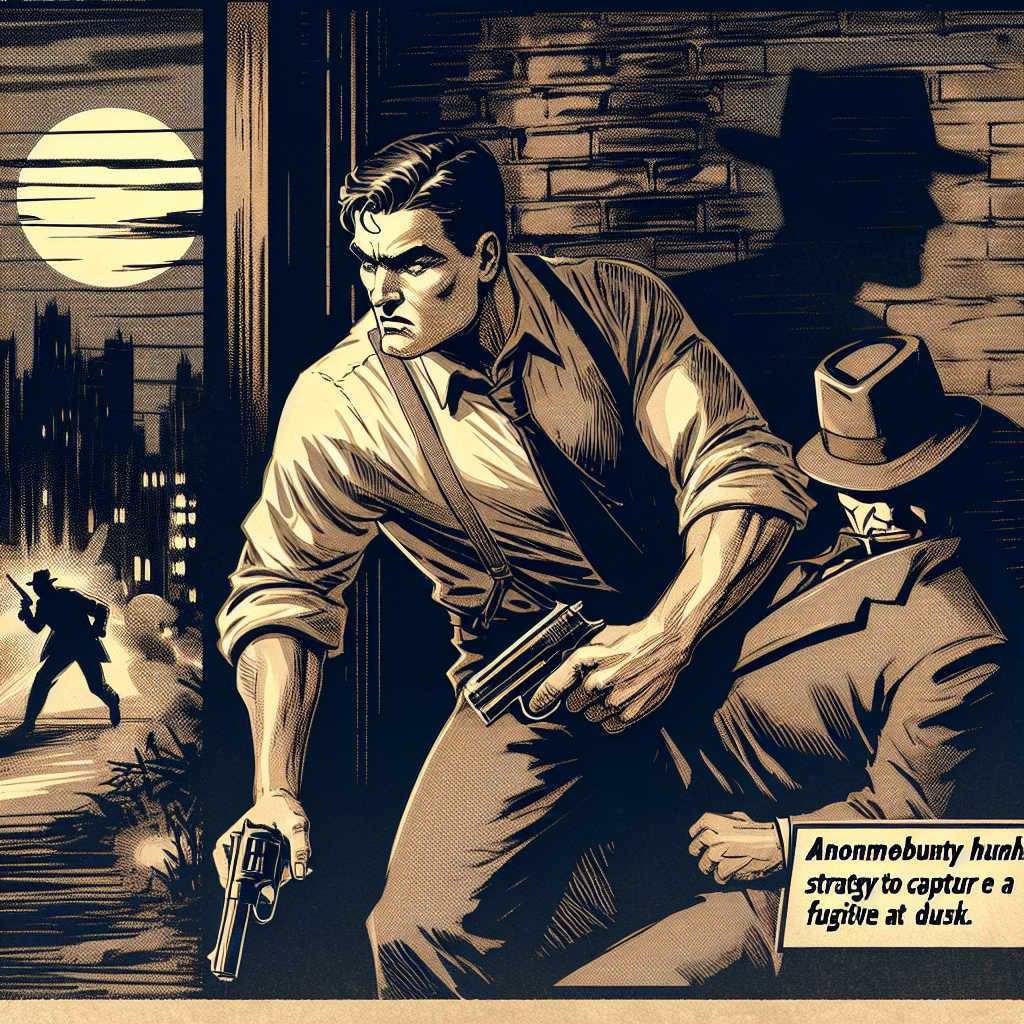Example Article
Origins and Evolution of Bounty Hunting Techniques
Bounty hunting, a practice rooted deeply in American frontier history, has evolved significantly over the decades. At its core, bounty hunting involves tracking and apprehending fugitives who have skipped bail, a task requiring a unique blend of investigative skill, physical endurance, and legal knowledge. Dog the Bounty Hunter, born Duane Chapman, rose to prominence by bringing this often shadowy profession into mainstream consciousness through his reality TV show, which aired from 2004 to 2012 and later revived. Chapman’s methods reflect traditional bounty hunting but are also marked by his personal style and emphasis on perseverance and respect for family ties.
Chapman’s approach combines old-school surveillance techniques with an intuitive understanding of human behaviour. Unlike law enforcement agencies bound by protocol and jurisdictional limitations, bounty hunters like Dog operate with more flexibility, often relying on informants, extensive research, and sometimes unconventional tactics to locate their targets. The rise of technology has further transformed these methods; GPS tracking, social media monitoring, and digital databases now augment the classic stakeout and tailing strategies.
This evolution underscores how bounty hunting is not static but adaptive. Dog’s high-profile captures have demonstrated the effectiveness of blending traditional street smarts with modern investigative tools. His legacy serves as a bridge between the rugged origins of bounty hunting and its contemporary incarnation as a complex profession requiring both grit and sophistication.
The Psychological Dimension: Understanding Fugitive Behaviour
One of the less discussed but critical aspects of Dog the Bounty Hunter’s success is his psychological insight into fugitive behaviour. Tracking a fugitive is not merely about following physical clues; it involves anticipating their choices under pressure. Chapman has often highlighted the importance of empathy — understanding why someone might flee or resist capture helps predict their next move.
Fugitives frequently experience intense stress, paranoia, and desperation. These emotional states can lead to erratic decisions or attempts to reconnect with loved ones. Dog’s strategy often includes reaching out to family members or mutual acquaintances to gather information or induce cooperation. This human-centric approach contrasts sharply with impersonal law enforcement tactics and can lead to faster resolutions.
Moreover, appreciating the mental toll on fugitives allows bounty hunters to maintain patience and avoid confrontations that could escalate dangerously. Chapman’s calm demeanour in tense situations exemplifies how psychological acumen complements physical capability in this line of work. Ultimately, understanding fugitive psychology is a powerful tool that enhances operational success while minimising risk.
Legal Complexities Surrounding Bounty Hunting Today
Bounty hunting exists within a complicated legal framework that varies significantly across jurisdictions. While bounty hunters like Dog operate under contracts with bail bondsmen rather than formal law enforcement agencies, their authority to apprehend suspects is often limited by state laws. Some states require licensing or registration; others restrict their ability to enter private property or cross state lines without permission.
Chapman’s career has navigated these legal challenges adeptly, often highlighting the thin line bounty hunters walk between lawful apprehension and potential legal liability. High-profile cases sometimes draw scrutiny from civil rights advocates concerned about due process and potential abuses of power. Consequently, bounty hunters must be well-versed not only in tracking skills but also in legal boundaries to avoid jeopardising cases or facing criminal charges themselves.
The rise of technology introduces further regulatory considerations around privacy and surveillance. Modern bounty hunters must balance effective tracking with respect for individual rights — a dynamic tension that shapes how the profession operates today. Dog’s public persona has helped bring attention to these issues, sparking conversations about regulation and oversight in an industry traditionally operating behind closed doors.
Cultural Impact: From Reality TV to Public Perception
Dog the Bounty Hunter’s rise to fame via reality television fundamentally changed public perception of bounty hunting. Prior to his show’s debut, bounty hunters were largely misunderstood or viewed negatively as mercenaries operating outside the law. The series humanised these figures by showcasing their motivations, challenges, and personal lives.
By presenting bounty hunting as a mix of gritty determination and heartfelt commitment to justice — often intertwined with family values — Chapman cultivated empathy among viewers. The show’s dramatic yet candid portrayal attracted millions worldwide, sparking interest in the profession and inspiring new generations to consider unconventional careers in criminal justice.
However, this media exposure also brought criticism regarding sensationalism and ethical concerns about televising arrests. Nonetheless, Dog’s impact remains undeniable: he transformed an obscure occupation into a topic of mainstream dialogue while highlighting complexities rarely seen on screen.
Conclusion: The Enduring Influence of Dog’s Approach on Modern Fugitive Recovery
Dog the Bounty Hunter’s legacy extends far beyond his television fame; it embodies a comprehensive approach melding traditional skills with modern innovation and psychological insight. His ability to adapt classical bounty hunting techniques to contemporary challenges has influenced how fugitive recovery is conducted today.
Through his emphasis on empathy, legal awareness, and media engagement, Chapman helped professionalise an industry often relegated to the margins of criminal justice discussions. His story illustrates how niche professions can evolve through public visibility while maintaining core values such as perseverance, respect for human dignity, and strategic intelligence.
Ultimately, Dog’s influence persists as a model for balancing toughness with compassion in high-stakes environments — an enduring lesson applicable not only to bounty hunters but also broader fields involving pursuit and capture within legal frameworks.
Notes
- Dog the Bounty Hunter’s real name is Duane Chapman.
- Bounty hunting is legal in 47 U.S. states but heavily regulated varies widely.
- Reality TV exposure increased public awareness but raised ethical debates about privacy.

